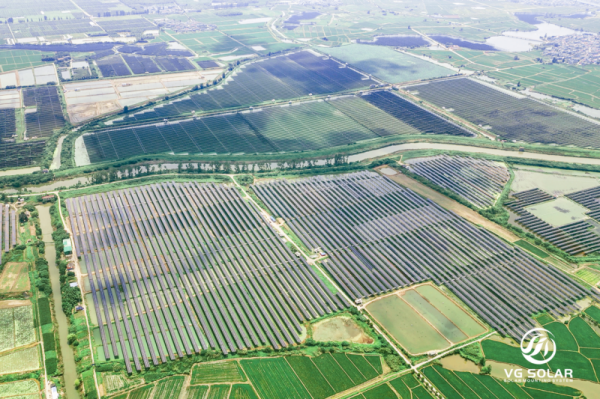In the growing renewable energy sector, the integration of advanced technologies is critical to maximising efficiency and output. One of the most innovative developments in this area is the ‘smart brain’ mounting solution. This intelligent system is designed to track the sun’s path, ensuring that the PV system receives optimal sunlight throughout the day. As the level of intelligence increases, the effectiveness of the support system becomes more apparent, significantly increasing power generation.
The core function of the smart brain is to monitor and analyse the movement of the sun across the sky. Using sophisticated algorithms and real-time data, the system can adjust the angle and orientation of the solar panels to capture the maximum amount of sunlight. This dynamic tracking capability transforms photovoltaic systems, which have traditionally relied on mounts that are not always in the best position for sunlight. With smart brains, solar panels can rotate and tilt to follow the path of the sun, significantly increasing energy production.
In addition, the integration of big data and artificial intelligence (AI) technology with supporting systems further improves their efficiency. By harnessing vast amounts of data from a variety of sources, including weather patterns, geographical information and historical performance metrics, intelligent brains can make informed decisions to optimise energy production. For example, it can predict changes in cloud cover or weather conditions, allowing the system to proactively adjust its settings. This predictive capability not only maximises energy output, but also minimises downtime, ensuring that PV systems operate at peak performance.
As intelligent brains evolve, their ability to learn and adapt becomes more apparent. Machine learning algorithms enable the system to analyse past performance and improve its strategy over time. This process of continuous improvement means that support systems become more efficient every day, ultimately resulting in higher energy production and lower costs for users. The long-term benefits of this technology are huge, as increased power generation means less reliance on fossil fuels and a smaller carbon footprint.
The economic impact of putting smart brains into support systems is also worth noting. By increasing the efficiency of photovoltaic systems, users can achieve a faster return on investment. Increased energy output can reduce electricity bills and, in some cases, allow excess energy to be sold back to the grid. This financial incentive encourages more individuals and businesses to invest in solar energy, furthering the transition to renewable energy.
In summary, the integration of smart brains into the support systems of photovoltaic technology represents a major advance in sustainable energy solutions. By tracking the sun’s path and using big data artificial intelligence technology, these systems can optimise energy production, reduce costs and contribute to a greener planet. As the technology continues to evolve, the potential for increased efficiency and effectiveness will only grow, making solar energy an even more attractive option for consumers and businesses. The future of renewable energy is bright, and smart people are at the forefront of this transformative movement.
Post time: Jan-20-2025


